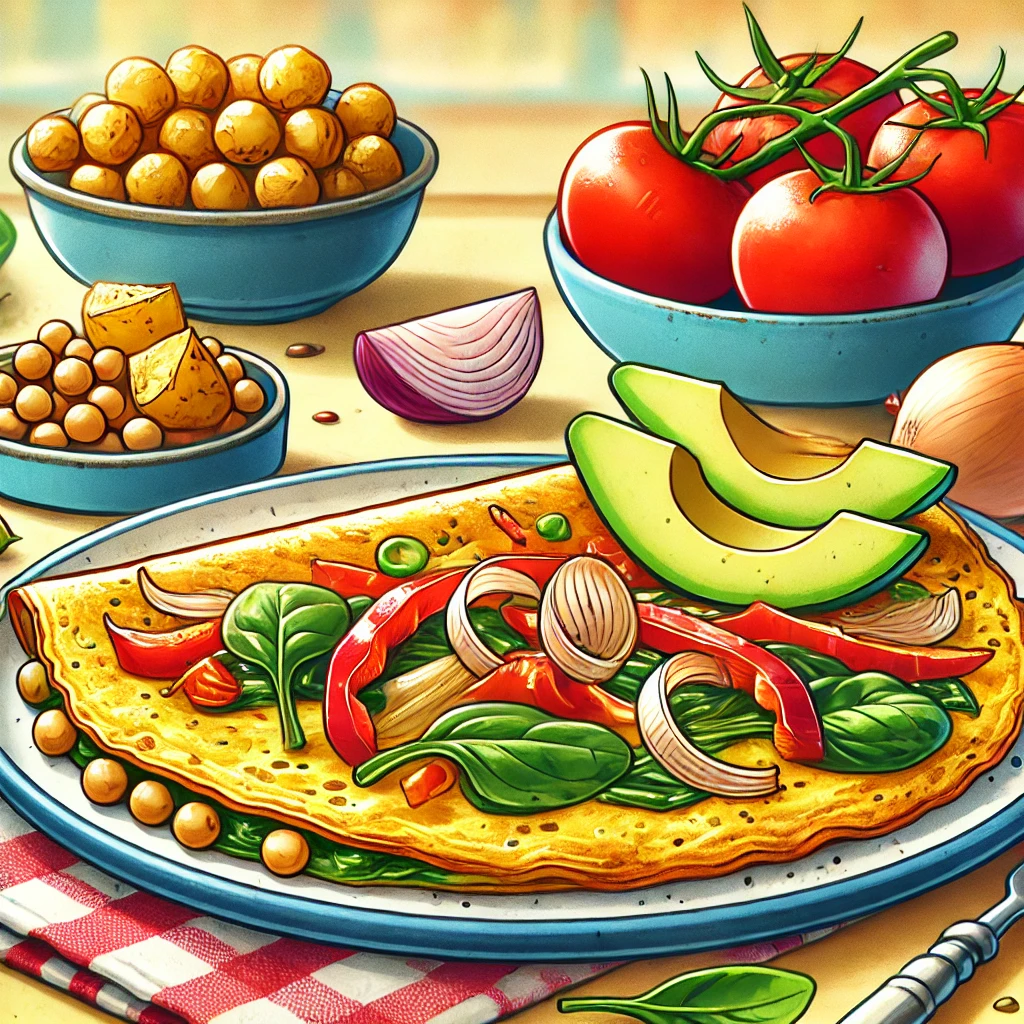Life in the U.S. brings homesickness, prejudice, and visa stress for Indian students—but also chances to grow roots in new soil.
Continue readingA Chronic Condition Called Survival
On Mother’s Day, I stood at a party smiling through invisible grief. This personal essay reflects on emotional survival, unseen motherhood, and the quiet resilience it takes to keep showing up when your past still lives in your body.
Continue readingThe Chickpea Flour Omelet: A High-Protein, Egg-Free Recipe
This chickpea flour omelet is an easy, protein-rich option that’s naturally egg-free—perfect for breakfast, lunch, or a savory snack anytime.
Continue readingEgg Prices Got You Scrambling? Best Egg Substitutes & Budget Hacks
Egg prices got you scrambling? Try these budget-friendly egg substitutes for baking, cooking, and more!
Continue readingCross-Contamination: How to Avoid It in a Home Kitchen
Cross-contamination happens fast—but with smart habits and a few tools, you can keep your kitchen safe, clean, and bacteria-free.
Continue readingOnline Recipes vs Cookbooks: How to Navigate Both
Learn how to spot red flags in online recipes and get more value from your cookbooks. You’ll cook smarter, no matter where the recipe comes from.
Continue readingHow to Read Recipes Like a Pro
Tired of mid-recipe surprises? Learn how to read recipes with confidence so you can prep smarter and cook without second-guessing.
Continue readingDIY Nacho Bar: The Ultimate Game-Day Crowd Pleaser
Create the ultimate game day experience with a DIY nacho bar that lets everyone build their perfect plate of crispy, melty, flavor-packed nachos. A Quick Bite of Nacho History Nachos might feel like a modern party food, but their roots go back to 1943 in Piedras Negras, Mexico. Legend has it that Ignacio “Nacho” Anaya […]
Grief’s Unseen Grip: A Personal Story of Loss & Reconnection
Grief: Anniversaries of Loss
This year, on my mom’s death anniversary, the mask is off. I’m sitting here, the calendar glaring at me, a digital tombstone marking a day that usually triggers a deep dive into grief. But today, the emotions are raw and overwhelming. I’m not okay, and for the first time in years, I’m not trying to […]









